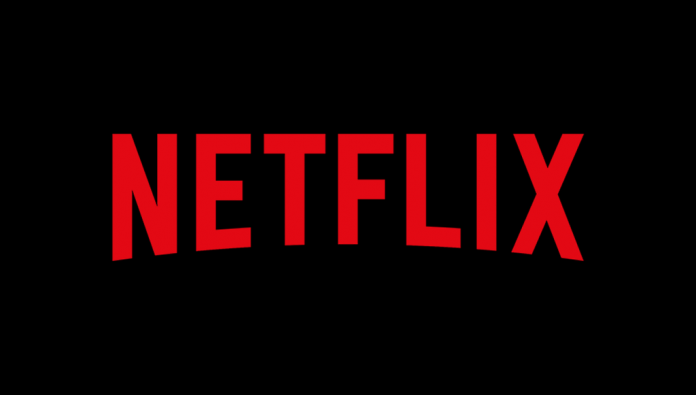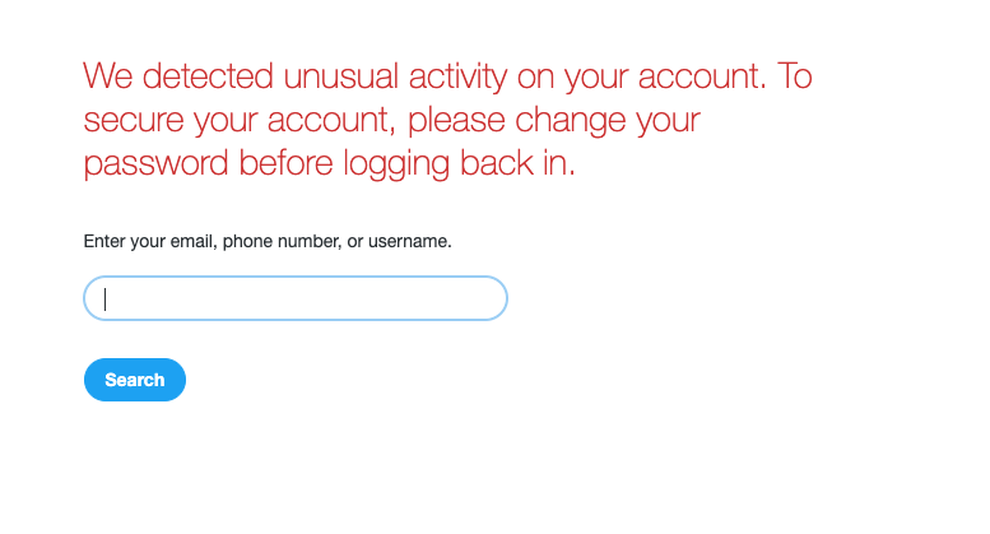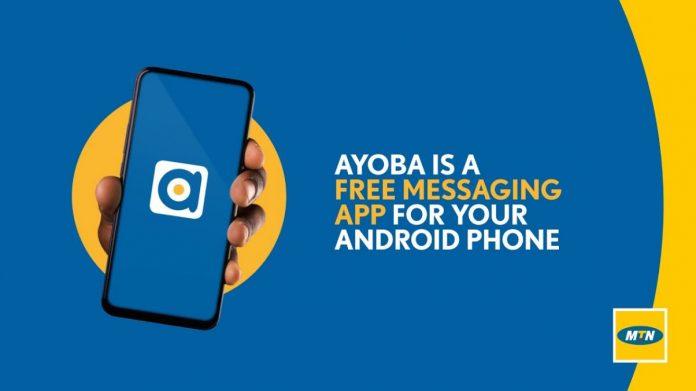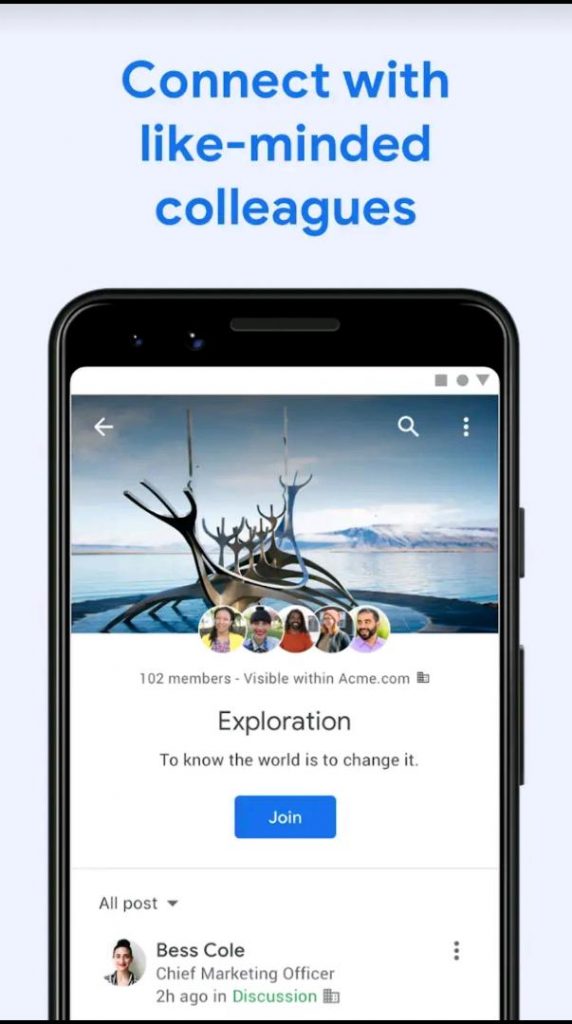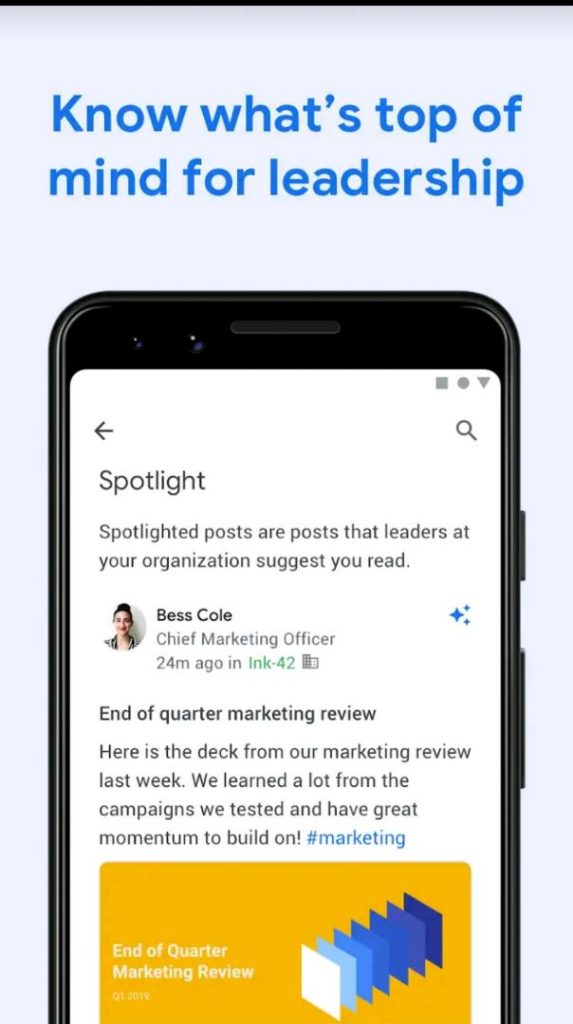MTN Uganda has run several mobile money promotions over the years and this year they are launching the MoMoNyabo Together promotion. Unlink previous years where only customers won prizes, MoMo agents will be able to win together with customers.
MTN Uganda says “that we all need to stand together in these challenging times hence the motivation behind this year’s unique MoMoNyabo promotion format.”
All you need to do to enter this promo is dial *165# or use the MTN MoMo app to pay for airtime or bundles as well as other payments like Yaka, National Water, TV subscription, shopping, school fees among others.
Below is the press statement from MTN Uganda;
MTN Uganda has today launched the 3rd edition of the highly rewarding MoMoNyabo promotion. Under the theme “MoMoNyabo Together”, this year’s promotion is designed to help MTN customers with the much-needed support following the negative effects of the covid19 pandemic on the wellbeing of many Ugandans.
Unlike previous editions which were characterized by fanfare around the country and giving away of cars, motorbikes and other prizes, this year MTN is focusing the promotion on supporting customers meet their most urgent needs such as domestic welfare, rebuilding small businesses or meeting outstanding obligations among others.
“Life has not been the same for many. Times are tough, and every Ugandan is trying to find a way to rebuild following effects of covid. It’s in this spirit that MTN is stepping in to be part of several efforts aimed at supporting Ugandans to rebuild”, said Somdev Sen, MTN Uganda Chief Marketing Officer.
MoMoNyabo Together is one of several ways that MTN Uganda is standing with Ugandans in the midst of today’s disruptions,” he further commented.
The MoMoNyabo Together promotion will reward customers that have embraced MoMo, and use it to pay for airtime, bundles, utilities like Yaka, NWSC, TV subscription plus shopping, school fees among several other services, everywhere they go.
MTN has earmarked over UGX 1.2billion in mobile money prizes to be given away to lucky customers and MTN MoMo Agents and/or merchants. The winners will be chosen in draws to be broadcast on NBS and Bukedde TV every day, starting at 8:20pm.
Every week day, two customers that have used MTN MoMo to pay for airtime, bundles or another service, will randomly be chosen and each will win a guaranteed UGX 1m/- with a chance to triple that amount and also win an additional UGX 2m/- for friends and loved ones through an exciting game show. This brings the total amount available for each winner and their beneficiaries to UGX 5m/-.
All this will be broadcast on TV.
To win money for their friends and loved ones, customers’ will be given a chance to participate in a quiz in which they will be asked 5 general knowledge questions each with a multiple choice of answers, for the winners to select the correct one. Each question is worth UGX 800,000 which will be equally split between the winner and their preferred beneficiary. The winner has the option to choose one beneficiary for all the answers they get right or nominate several beneficiaries for each question answered correctly.
Nominated beneficiaries can be individuals, families, organizations/causes who should be active MTN customers.
“MTN MoMo not only saves our customers the inconveniences of having to leave their comfort to get airtime, bundles or other services, it also gives them the chance to win much needed money though this promotion”, Somdev further explained.
Customers don’t have to deposit all their money on the phone but just keep some on MTN MoMo to use it when they need it the most. For example, if you have 5,000/-, you can deposit 2,000/- on your MTN MoMo account and use it to pay for airtime, bundles or other services and enter the MoMoNyabo Together promotion for a chance to win money.
It saves to have MTN MoMo. It’s safe, reliable and convenient.
Terms and Condition about the MoMoNyabo Together promotion are available at www.mtn.co.ug/mtnmomo

